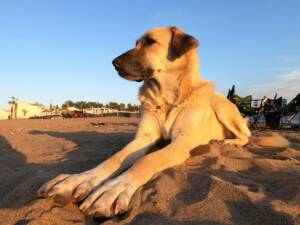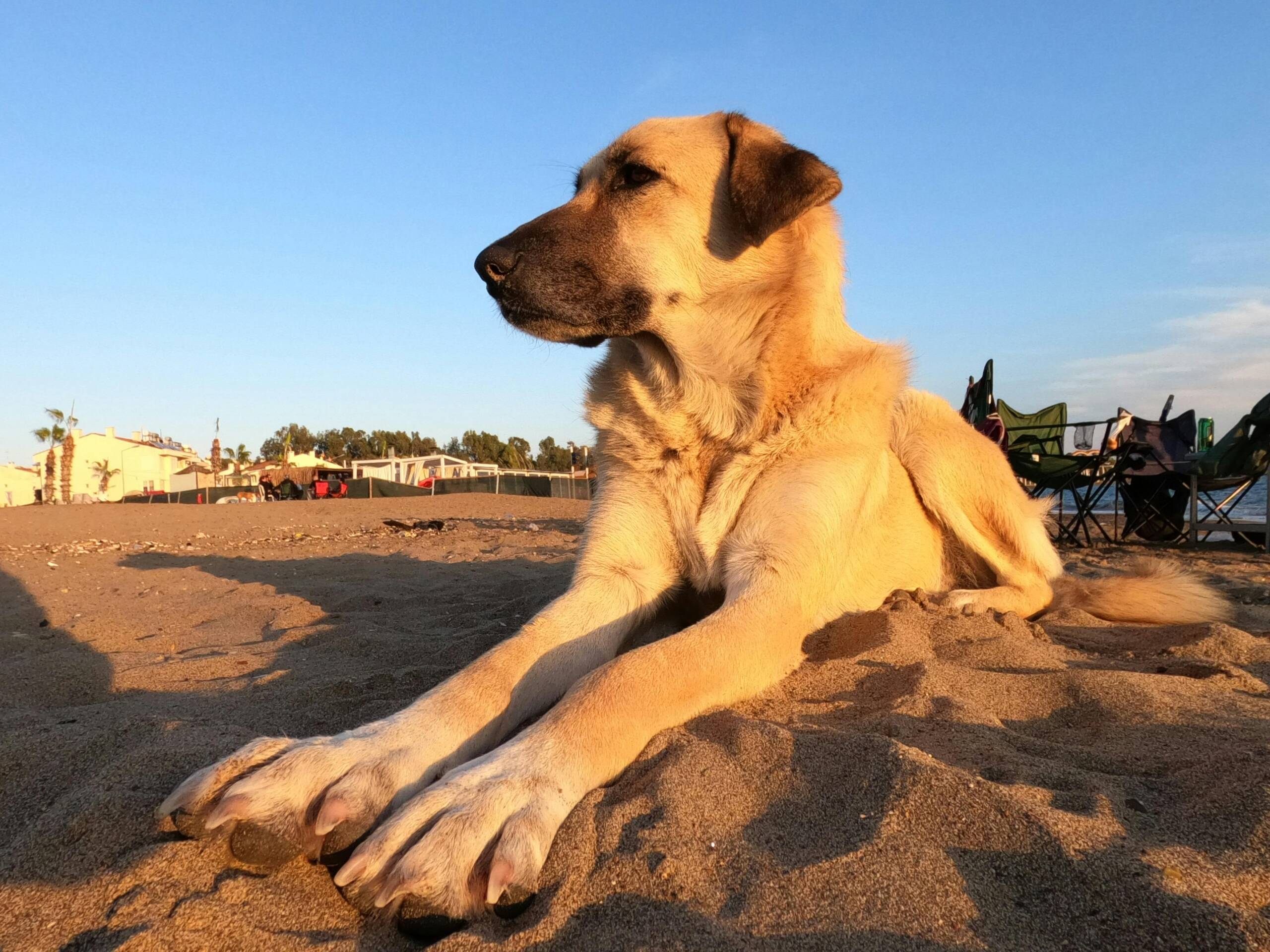
Understanding Your Dog’s Water Needs
Before diving into strategies to increase your dog’s water consumption, it’s crucial to understand their basic water requirements. Just like us, dogs need water to survive. In fact, water makes up approximately 60-70% of a dog’s body weight. Factors such as size, activity level, and environment play a significant role in determining how much water your dog needs. For example, a larger, more active dog will require more water than a smaller, less active one. On average, dogs should consume about 1 ounce of water per pound of body weight each day. However, this can vary based on individual circumstances.
Identifying Signs of Dehydration
Knowing the signs of dehydration in dogs is essential. Symptoms may include dry gums, loss of skin elasticity, sunken eyes, excessive panting, lethargy, and dark yellow urine. If you notice any of these signs, it’s important to take action to increase your dog’s water intake and, if necessary, seek veterinary care. Prevention is key, and making sure your dog has regular access to water is the first step in avoiding dehydration.
Encouraging Hydration Through Diet
Believe it or not, you can help your dog stay hydrated through their diet. Wet dog food contains a higher moisture content than dry kibble, which can contribute to their overall water intake. Additionally, you can add water or low-sodium broth to your dog’s food to increase their fluid consumption. Some dogs enjoy ice cubes made from low-sodium broth or water, providing a refreshing treat that also helps keep them hydrated. These simple dietary adjustments can make a meaningful difference in your dog’s water consumption.
Creating an Appealing Drinking Environment
Just like humans, dogs can be sensitive to their surroundings, including where they drink. Ensure that your dog’s water bowl is clean, fresh, and placed in a location where they feel comfortable. Some dogs prefer elevated water bowls, while others may prefer a bowl placed on the ground. Experiment with different bowl types and placements to see what your dog prefers. Additionally, consider having multiple water stations throughout your home, especially if you have a larger living space. This can encourage your dog to drink more frequently, especially if they spend time in various areas of your home.
Incorporating Regular Exercise
Regular exercise not only keeps your dog physically fit but can also increase their water intake. Engaging in activities such as walks, playtime, and other forms of exercise can naturally prompt your dog to drink more water. After physical activity, be sure to offer your dog water, as they’ll likely be more inclined to drink at that time. By incorporating regular exercise into your dog’s routine, you can promote better overall health and hydration.
Setting a Routine and Leading by Example
Dogs thrive on routine, and establishing a regular schedule for meals and water breaks can encourage consistent hydration. Make sure to offer fresh water at the same times each day, such as after waking up, before and after meals, and before bedtime. By setting a routine, your dog will come to expect and anticipate water breaks, making it more likely that they’ll drink regularly. Additionally, lead by example—show your dog that water is enjoyable by drinking water yourself in their presence. Dogs often mimic behavior, and seeing you drink water can influence their own drinking habits.
Seeking Professional Guidance
If you’ve tried various strategies and are still concerned about your dog’s water intake, it’s always best to consult with a veterinarian. They can assess your dog’s overall health, provide tailored recommendations, and rule out any underlying health issues that may be affecting their hydration. Your vet may also suggest specific water intake goals based on your dog’s individual needs.
Ensuring that your dog drinks enough water is crucial for their well-being. By understanding their water needs, identifying signs of dehydration, and implementing strategies to encourage hydration, you can help your dog maintain good health. Remember, every dog is unique, so it may take some trial and error to find the best approach for your furry companion. With patience, consistency, and a little creativity, you can make a positive impact on your dog’s water consumption and overall health.[/fusion_text]



